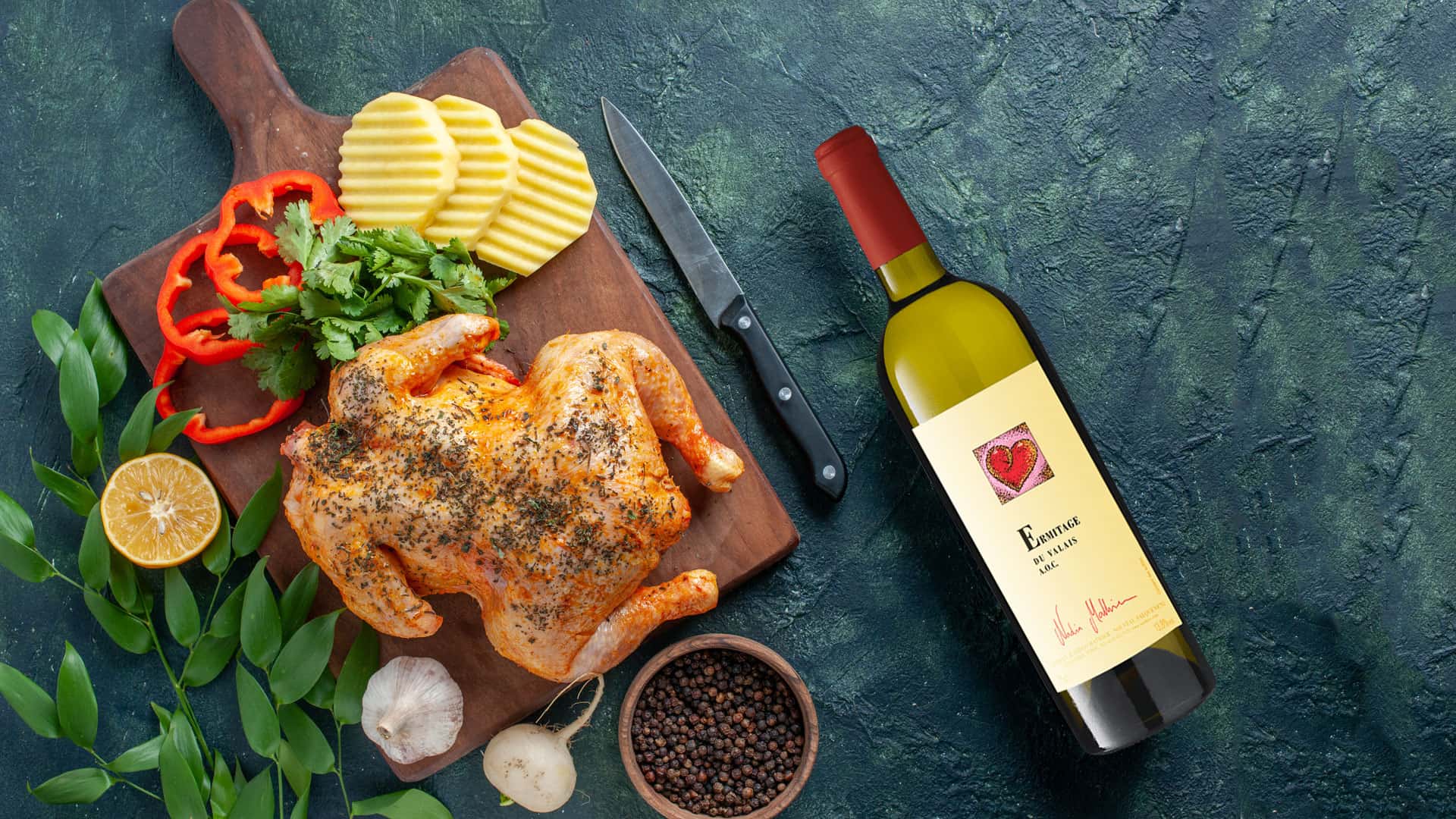In addition to these outstanding Ermitage wines, our range includes a variety of other first-class wines from the region. These come from the renowned AOC Valais wine region, which is known for its high-quality wines. Discover a wide selection of white wines, rosé wines, red wines, sparkling wines and digestifs in our online store.
If you are looking for a gift, we offer you our gift service. Choose from various tasting boxes or opt for a gift voucher that allows the recipient to choose freely from our online store.
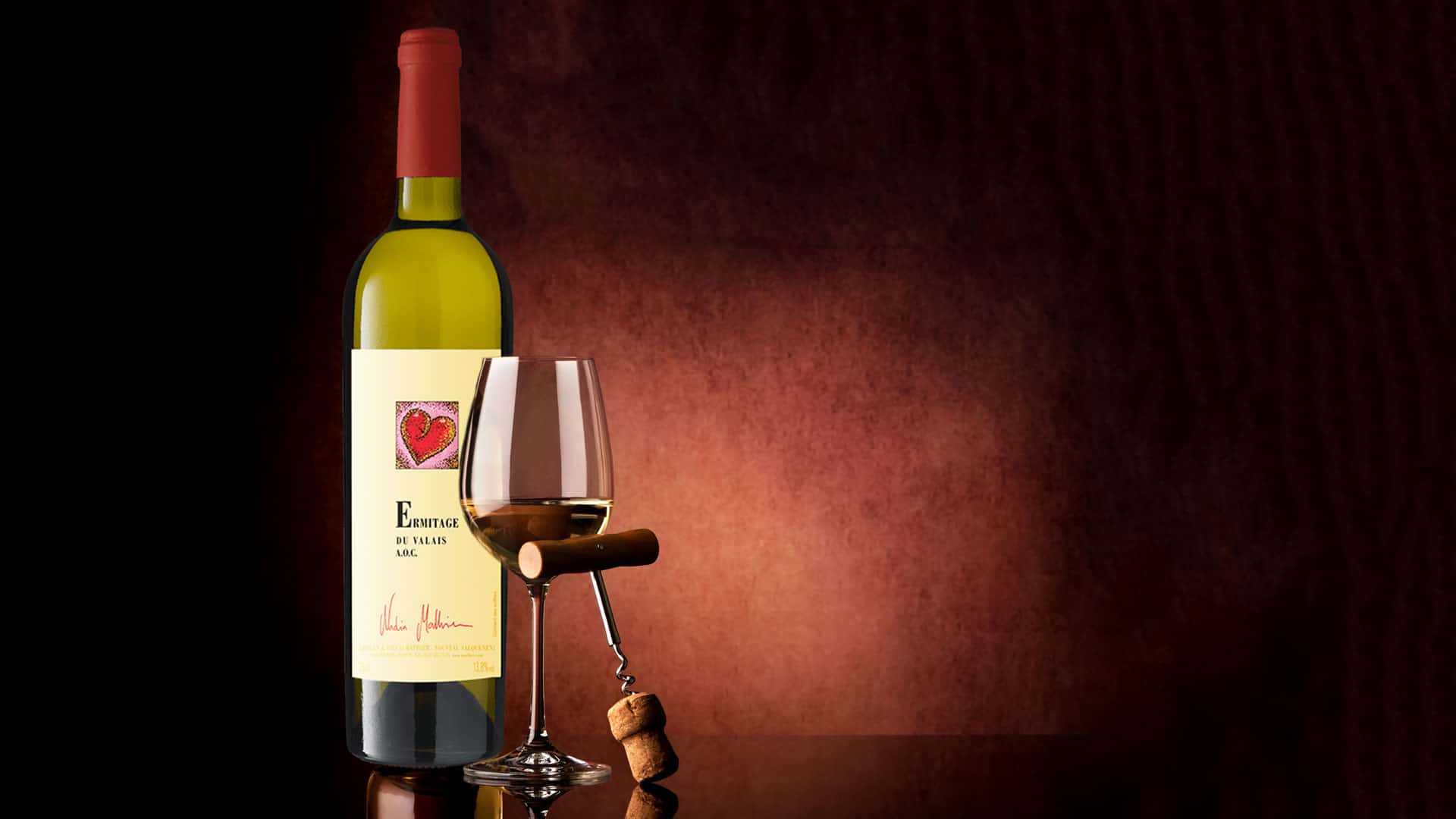
The most important facts about this grape variety at a glance
- Ermitage is the Valais name for a white wine that is mainly made from the Marsanne blanche grape variety but can also be made with or only from the Roussane grape variety.
- The Marsanne blanche grape originally comes from the northern Rhone Valley (Côtes du Rhône) in France and owes its name to the village of the same name in the Drôme département, which is around 60 km from the famous Tain l’Hermitage vineyard with its Hermitage, Crozes-Hermitage and Saint-Joseph vineyards.
- The AOC Hermitage covers an area of 136 hectares in the prestigious sites between the Crozes-Hermitage, Lamage and Tain-l’Hermitage appellations in the center of the Rhône Valley.
- The Ermitage or Marsanne blanche variety is planted on around 2,000 hectares worldwide, almost 40 hectares of which are in Valais, where it is said to have been planted for the first time in the 19th century by a Colonel Dénériaz between 1845 and 1870 in his vineyard at Clavoz, east of Sion, in the Rhone Valley.
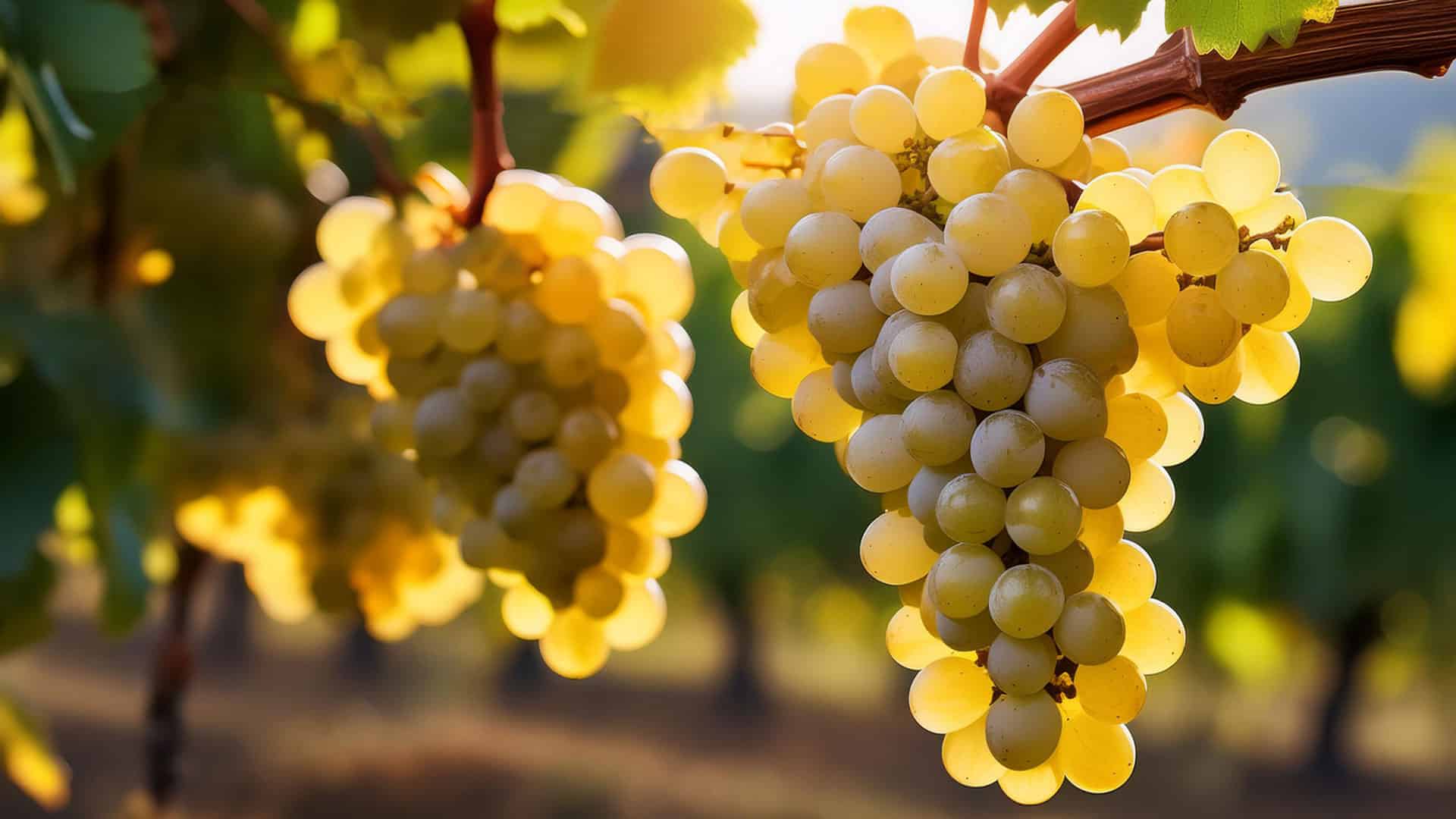
Origin, origins & significance of the Marsanne Blanche grape variety
Ermitage, or Marsanne Blanche, belongs to the “famille des Sérines” grape variety family, according to research by French ampelographer Louis Levadoux. This family also includes well-known varieties such as Syrah, Mondeuse, Viognier, Altesse and Roussanne.
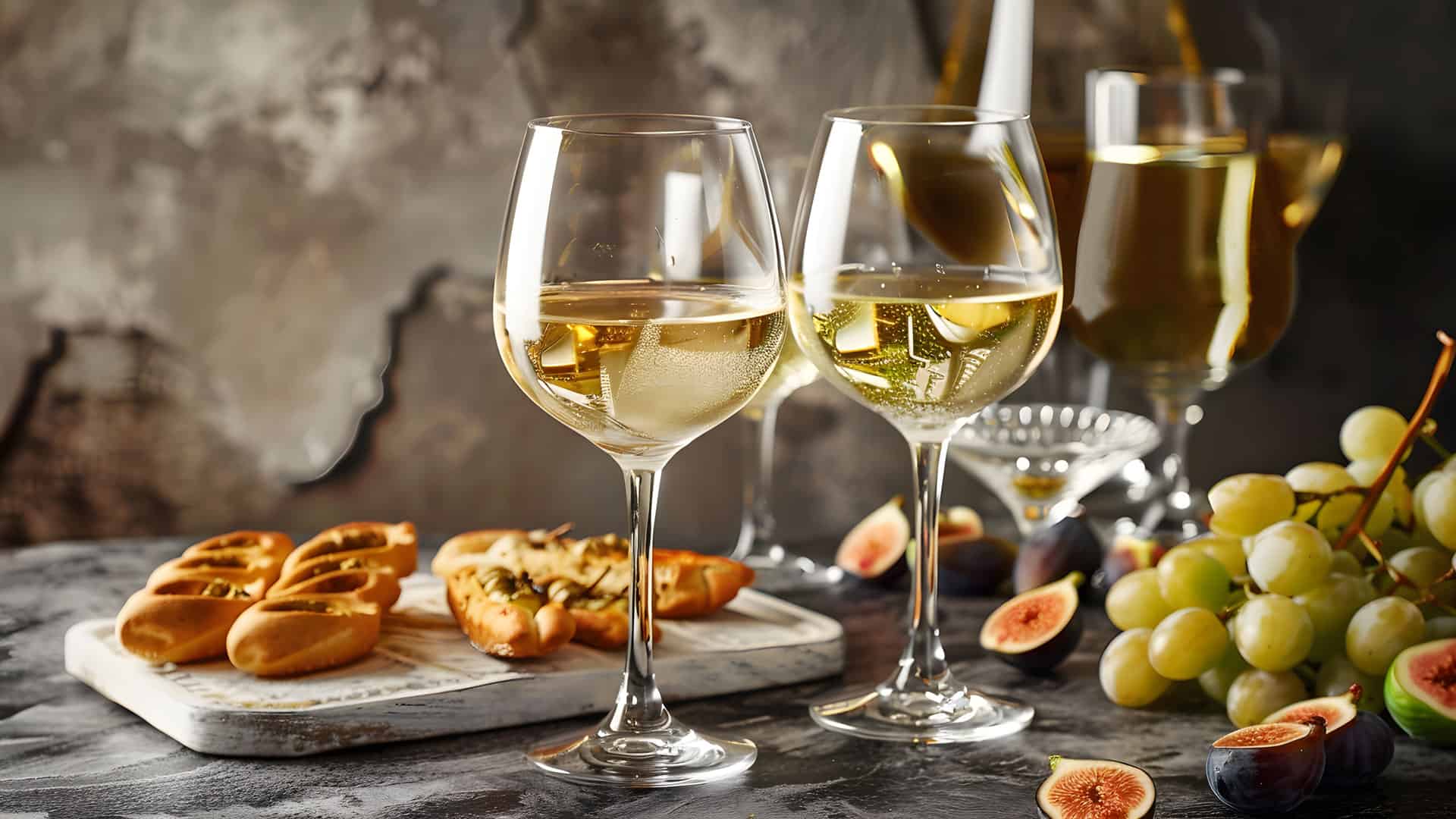
The origins of Marsanne Blanche lie in south-eastern France. Interestingly, DNA analyses show a close relationship with Roussanne, although it remains unclear which variety is the parent and which is the offspring. The wine-growing region in which Marsanne Blanche is mainly cultivated is the northern Rhône Valley.
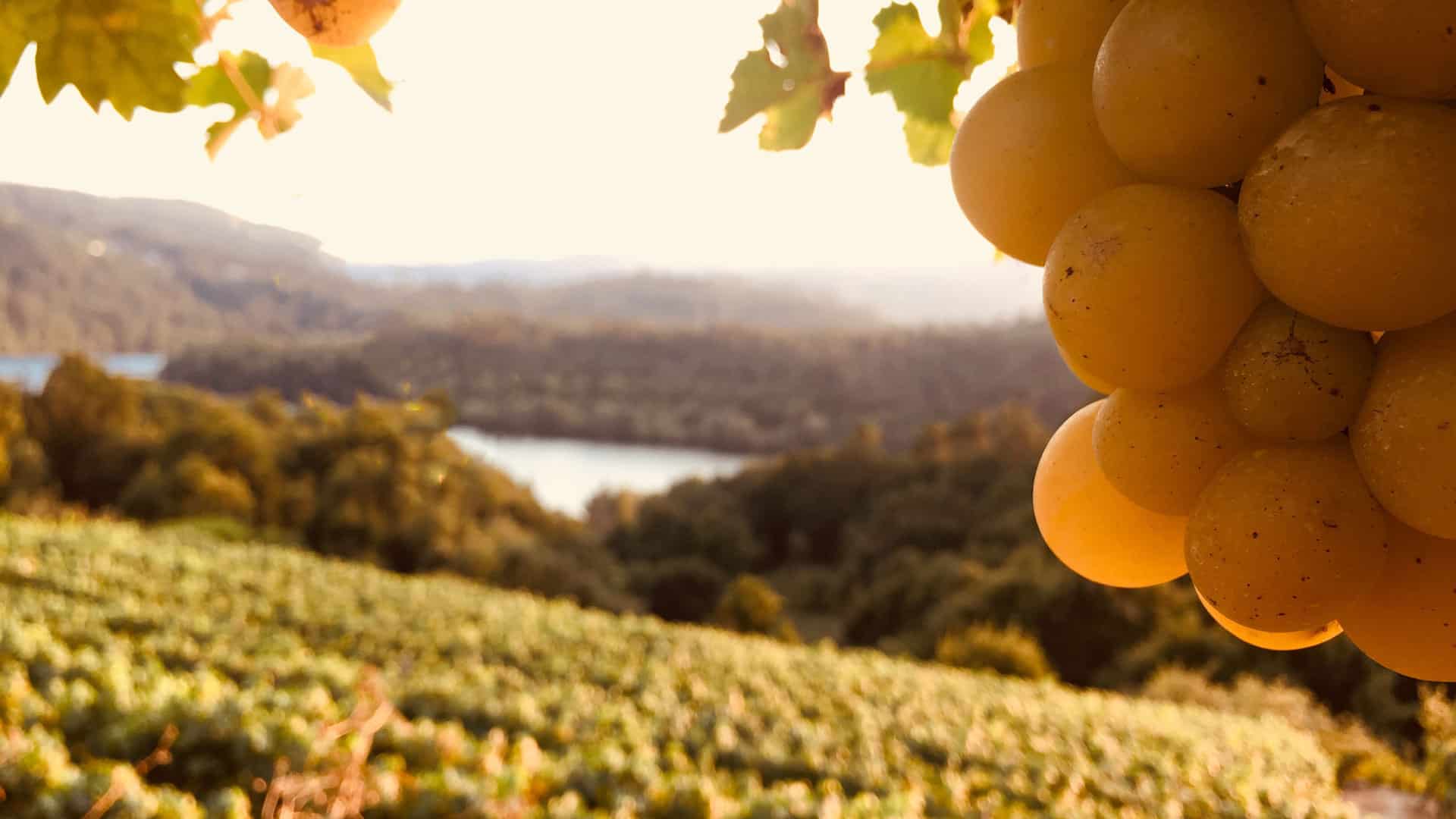
The first written mention of Marsanne dates back to 1781, when it was often blended with Roussanne to produce the full-bodied and storable white wine Hermitage. Just 80 years later, the cultivation of Marsanne was documented in the Australian state of Victoria, where the Tahbilk vineyard still owns vines from 1920 in prime locations.

Today, Marsanne is cultivated on around 2,000 hectares worldwide. In addition to its main cultivation area in the northern Rhône Valley, this grape variety is also cultivated in the French Languedoc, Provence, the Swiss Valais, as well as in Italy, Spain, Australia (Victoria) and Virginia (USA).
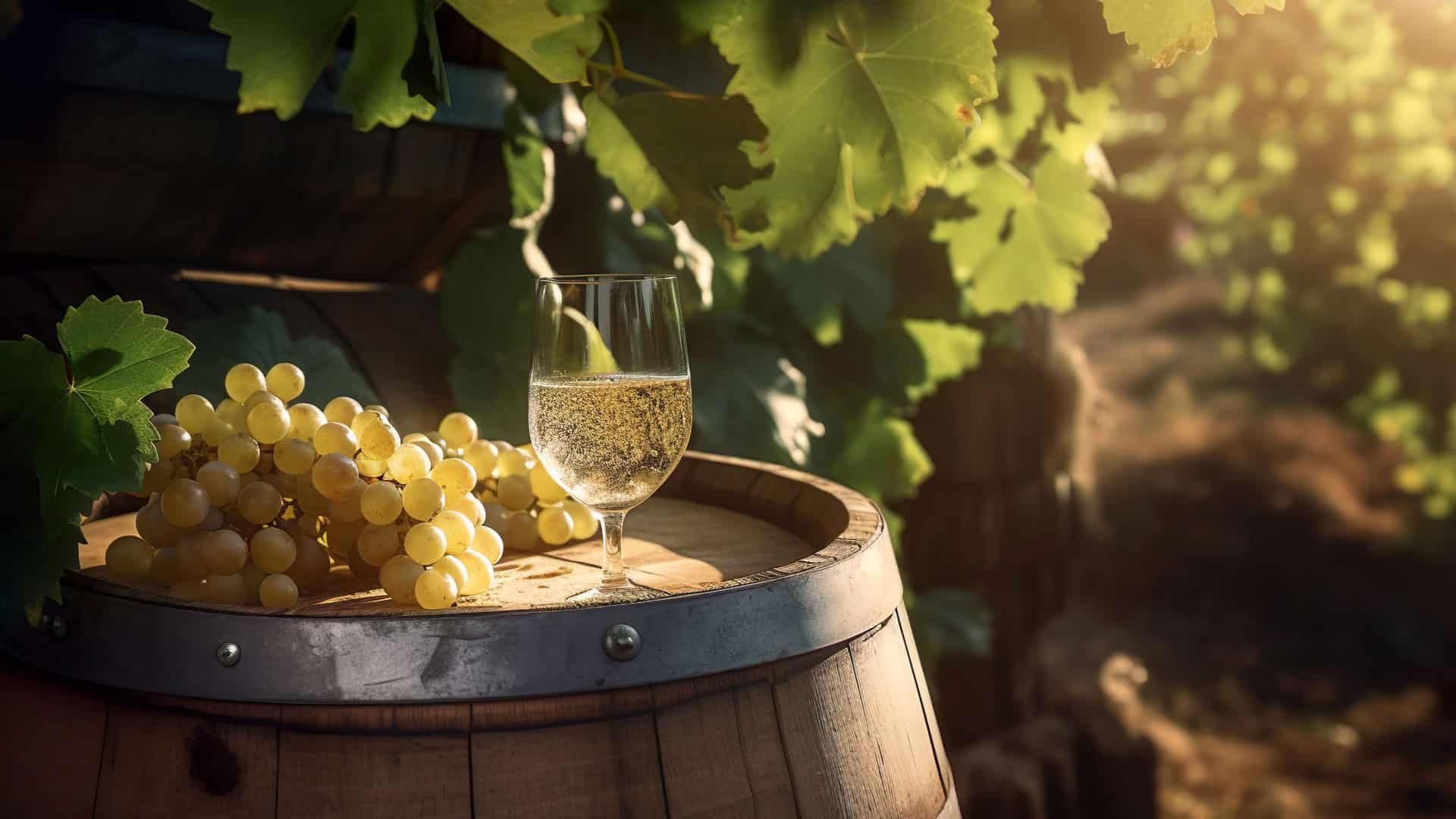
Ermitage and its synonyms
The grape variety is only known under a few synonyms worldwide, which indicates that it is not widespread. Synonyms include Ermitage Blanc, Marsan Belyi, Metternich, Avilleron, Champagne Piacentina, Roussette de Saint-Péray, White Hermitage, Grosse Roussette, Avilleran, Ermitazh, Hermitage, Ermitage, Rousseau and Marzanne.
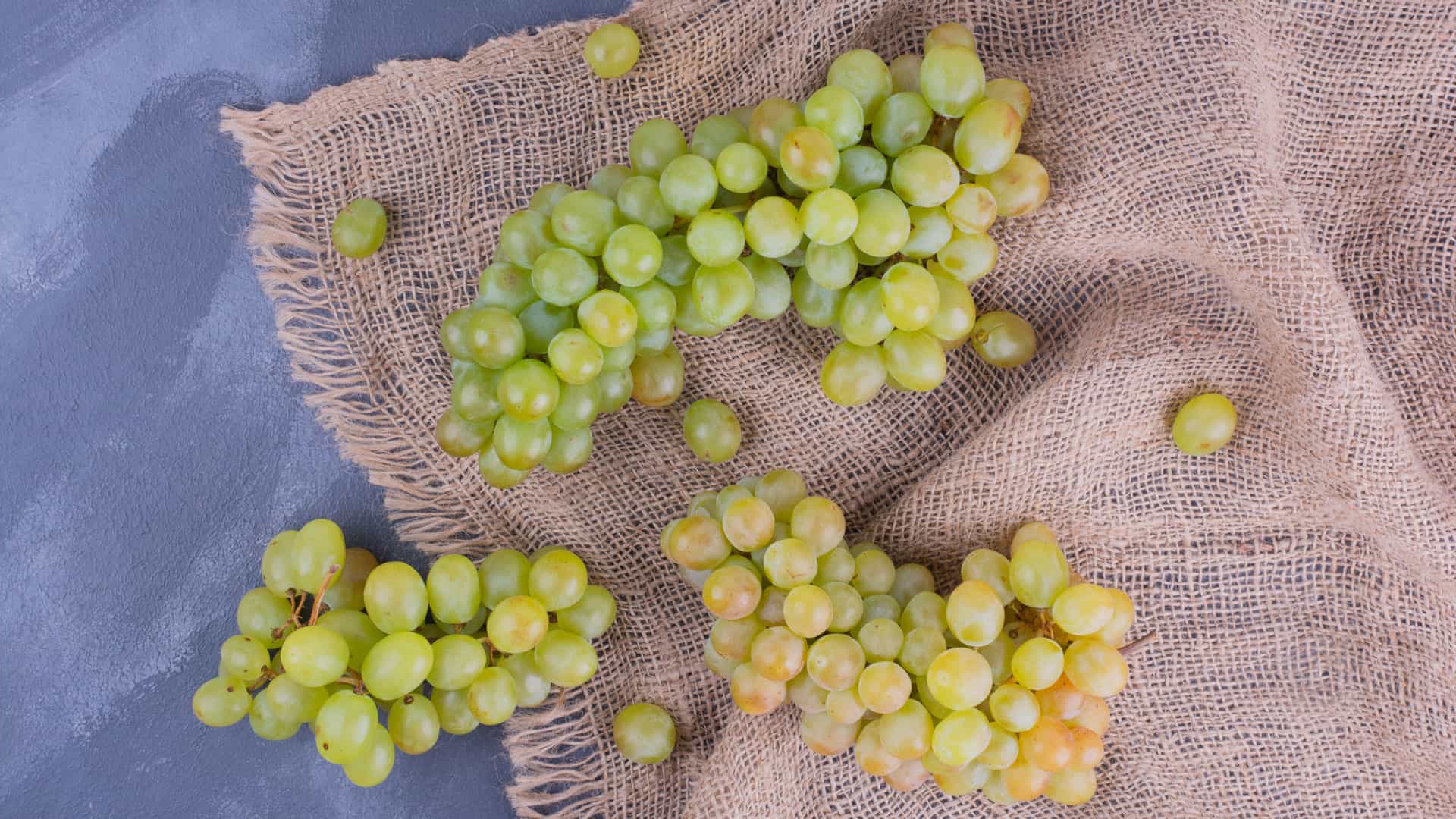
Characteristics of the Ermitage grape variety: growth, ripeness and yield
The Valais vines with their medium-sized grapes and delicate grape skins sprout late and ripen around three weeks later than Chasselas. The grape harvest therefore takes place later in the year, which gives the grapes more time to ripen. It is relatively often affected by downy mildew or the well-known gray mould rot.
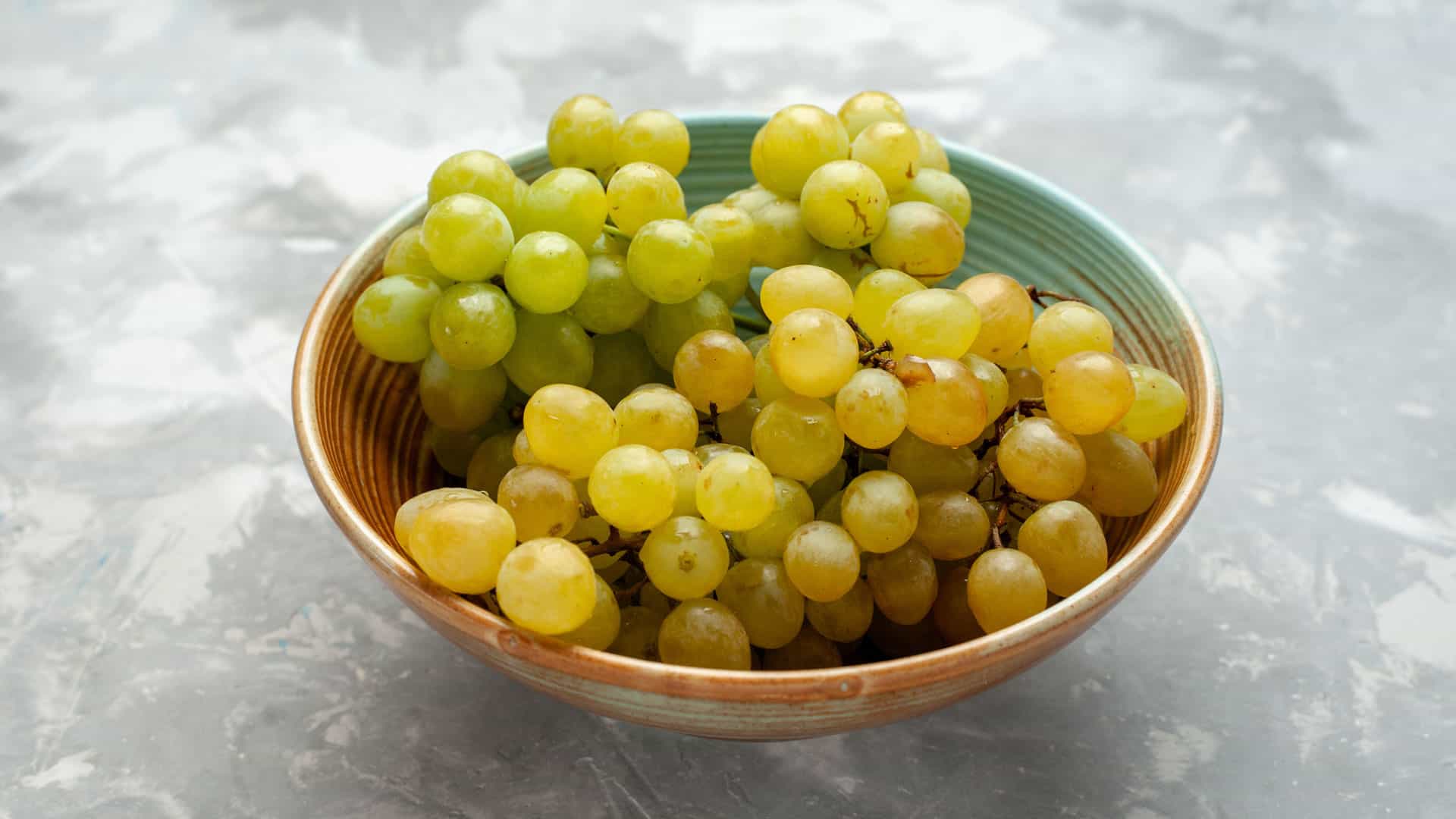
Powdery mildew, on the other hand, has relatively little effect on it. It only reaches its full potential in prime locations on dry, poor soil with a lime content and also requires consistent quantity limitation.
Taste profile: Fruity-floral aromas and a sweet taste
With its golden yellow color and magnificent body, the Valais wine produces a sweet wine with an intense aromatic structure. Winemaking plays a decisive role in the development of these unique flavor profiles. The bouquet and taste of these wines is characterized by fruity and floral aromas on the nose and palate.
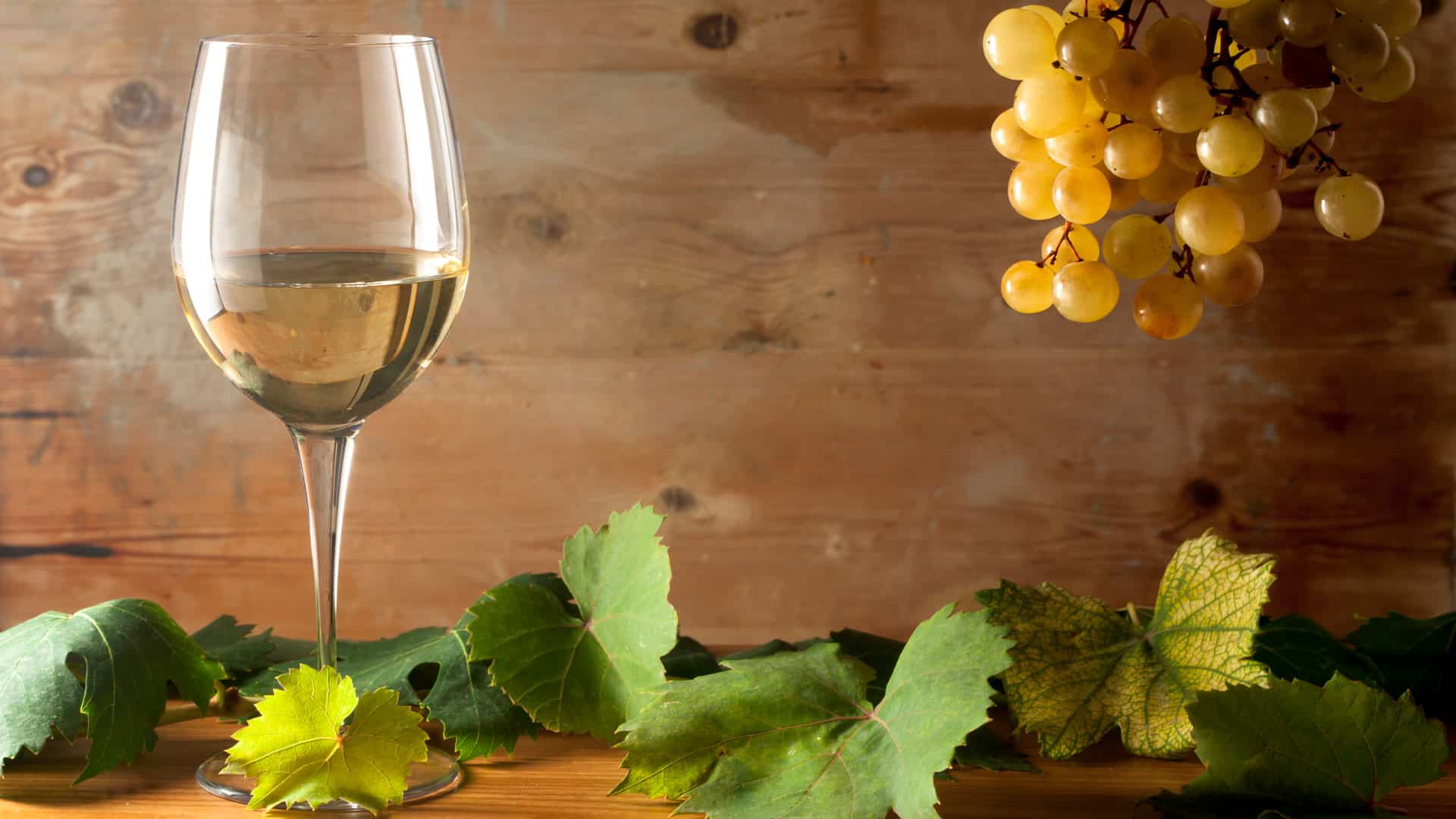
Notes of wild strawberries and wild raspberries, stone fruit, peach, citrus fruits, almonds, jasmine, lime blossom and honey dominate. Ermitage wine produces a great wine with a magnificent body, intense aromatic structure and a finish that is characterized by a long aftertaste.

Particularly good vintages produce late harvests. As a late harvest, this mature sweet wine impresses with a particularly rich body, extremely sensual opulence, well-integrated acidity and outstandingly subtle aromas reminiscent of truffle notes.
Ermitage in Switzerland
The grape variety was introduced in the canton of Valais in the 19th century and is known as Ermitage. Viticulture in this region has a long tradition and plays an important role in the cultivation of this grape variety. This grape is cultivated for AOC Valais certified wines, which are grown on an area of around 40 hectares.
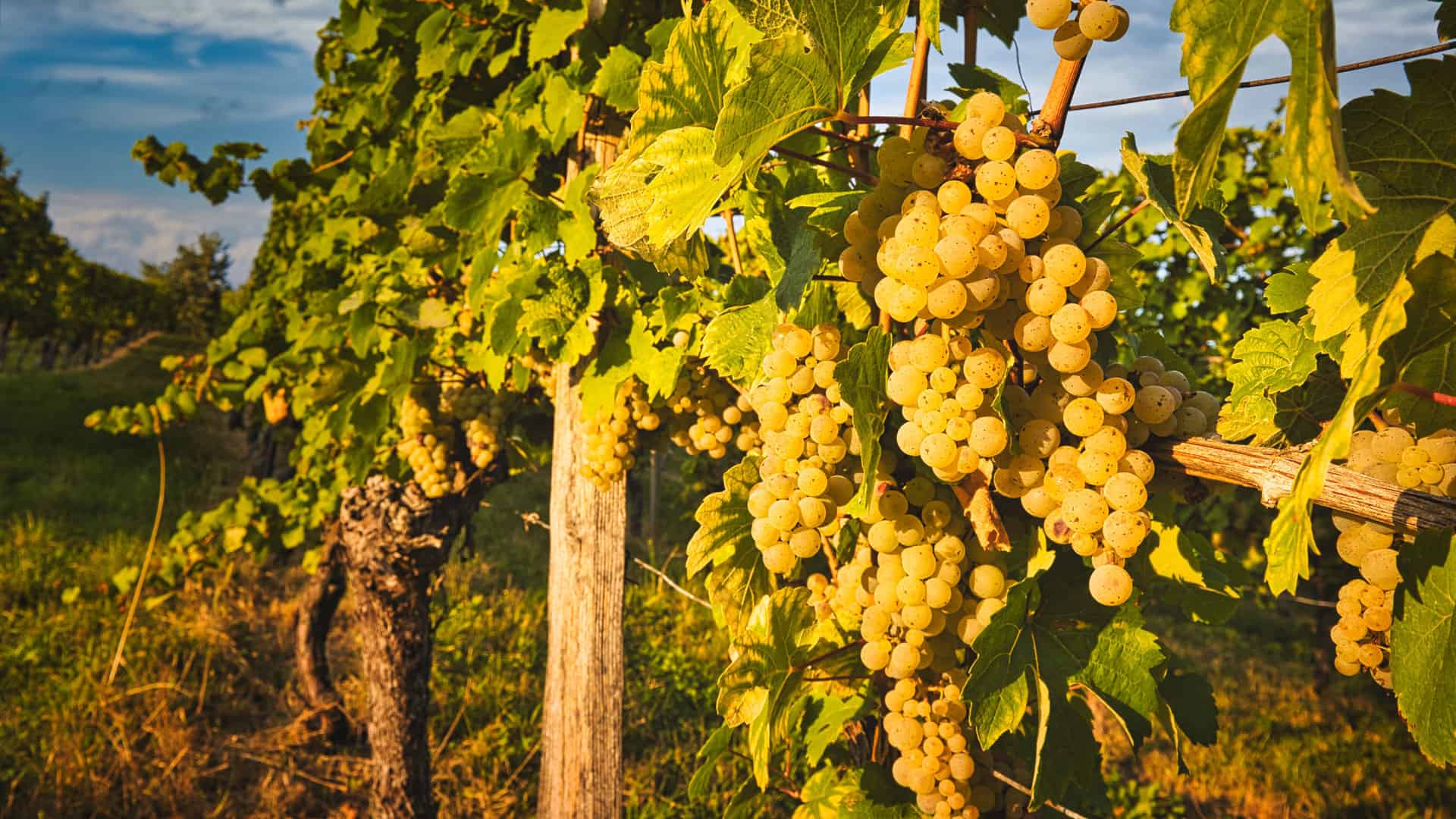
The wine region in Valais offers ideal conditions for growing these vines. The vines thrive particularly well in the Rhône Valley and are mainly cultivated on poor, stony and well-drained soils. These soil conditions naturally limit the yields of Ermitage grapes in order to avoid excessive growth and high yields.

In Valais, both dry and sweet wines are produced from this grape variety. The sweet varieties in particular have remarkable ageing potential.
Ermitage and food: The best combinations
This wine harmonizes perfectly with a variety of dishes. Wine lovers will particularly appreciate its versatility. It is an absolute delight with poultry dishes, roast veal, spicy roast pork and hard or blue cheese. Wines made from the Marsanne blanche grape also go very well with lobster and langoustines.
